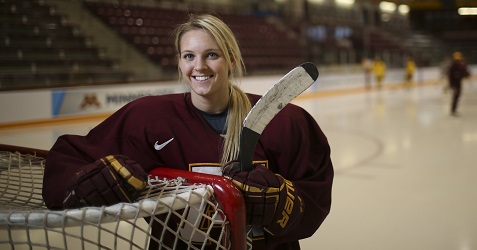Last Saturday in Pittsburgh, the National Women’s Hockey League celebrated their All-Star Weekend with the Skills Showdown in the afternoon, followed by the All-Star Game on Sunday.
Pensblog’s Rich Miller previewed the events and recorded a thorough, insightful interview with Connecticut Whale blueliner and NWHL Players’ Association Director Anya Battaglino while Pensblog’s Pat Damp provided great live coverage of both Saturday’s activities and the All-Star Game from UPMC Lemieux Sports Complex.
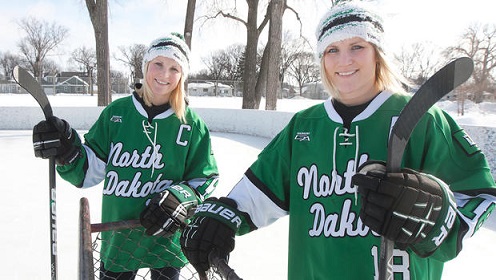
The Canadian Women’s Hockey League also staged their All-Star Weekend on Saturday before a crowd of 8,122 at Air Canada Centre, the Toronto Maple Leafs’ home arena.
On both sides of the border, women’s hockey is enjoying an unprecedented level of exposure from the operation of two leagues, numerous college hockey programs in Canada and the United States as well as the almost guaranteed showdown between the two nations in the Olympic and World Championship gold medal games.
The profile of women’s hockey has advanced and improved in the past half-decade but many challenges remain including how to raise the level of quality in countries outside North America.
[youtube https://www.youtube.com/watch?v=Agb5PPlAXkE]Seven years ago at the World Hockey Summit in Toronto, Canadian hockey star Hayley Wickenheiser spoke about the difficulties of growing and sustaining women’s hockey internationally.
Wickenheiser explained that unlike girls in Canada or the United States who benefit from ample funding and facilities to play hockey, the rest of the world lags far behind. While Finland, one of the most improved women’s hockey nations in the world, had 62 clubs playing on 124 ice rinks, Russia and China only had 6 rinks in each country for women’s hockey. She noted that earlier in 2010, a thinktank made up of the 14 top women’s hockey nations in the world recommended creating centralized development camps to educate players from all nations who would in turn disseminate best practices back to their own countries. The thinktank also suggested coaching exchanges, a full-time person advocating for female hockey at the IIHF and waiving transfer fees (up to $2,000) for players who wish to change teams.
Less than one year later, the IIHF initiated the Ambassador and Mentor Program (AMP) in which nine nations across Europe and Asia would each receive two coaching mentors and two athlete ambassadors from Canada, the United States, Sweden and Finland to serve in advisory roles for the purpose of building and improving each country’s women’s hockey programs. Wickenheiser was the first athlete ambassador coordinator.
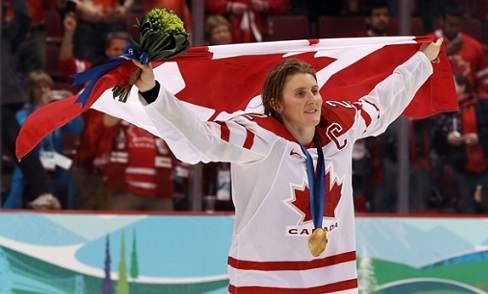
Most importantly, as Wickenheiser stressed repeatedly, financing is the biggest driver of development and she was disheartened to see that Germany had reduced their women’s hockey budget by 21%. IIHF President Rene Fasel pledged at the World Hockey Summit, “We’re going to put some money, effort and passion into developing the women’s game. I promise I will push very hard to find a way at Sochi in 2014 to have less of a gap than what we had in Vancouver.” Fasel kept his word by becoming chairman of the IIHF Women’s Committee and allocating 2 million Swiss Francs ($1.98 million US) to women’s hockey initiatives and waived transfer fees for female players.
Wickenheiser said that China, the host of the 2022 Winter Olympics, started closing the gap by “playing 35 games with their national team. What China is doing is that they’ve invested a ton of money into 30 players in their country, centralizing them, “hot-housing them” and trying to really develop a national program. The problem with that is they’ve only got a few hundred players in their entire country and outside their national team, there’s nothing to support it. There is no development system. So I think we need more exhibition games for national teams and for the under-18.” Last autumn, the national Chinese team did just that, by playing five exhibition games against women’s teams from British Columbia, coordinated by the Canada China Sports Foundation. Former NHL players Cliff Ronning and Glenn Anderson have also been involved in coaching China.
Korea, where next year’s Winter Olympics will be staged, also is making steady progress. The national women’s team is coached by Sarah Murray, an alumnus of Sidney Crosby’s alma mater, the Minnesota prep school, Shattuck-St. Mary’s. Further, Sojung Shin, a native of Seoul, a member of the national team since she was 14 and a standout three-season goaltender at St. Francis Xavier University in Nova Scotia, now plays professionally for the NWHL’s New York Riveters.
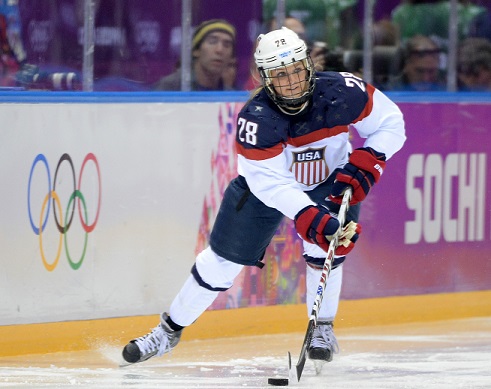
Indeed, countries around the world are taking slow and steady steps and even here at home, both the CWHL and the NWHL are facing their own challenges and confronting them.
The five-club CWHL, launched in 2007, still is not able to pay their players. Rather, the league continues as a non-profit circuit with the goal of providing women with the highest possible level of competitive hockey. The CWHL pays players’ travel, uniform, equipment and ice time expenses. Currently, 16 corporate sponsors help defray costs while 3 NHL teams – Toronto, Montreal and Calgary – have direct funding affiliations with the CWHL club in their respective city. Also, since 2016, the Ottawa Senators have provided their arena for the Clarkson Cup championship in March.
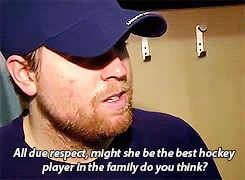
Sadly, the NWHL had to take the difficult step of slashing player salaries up to 50% three months ago to keep the league solvent. The league then announced that it would soften the blow by allowing the players to keep some of the revenue generated by ticket and jersey sales in a profit-sharing arrangement.
One wonders if more funding partnerships with NHL clubs, and increased corporate sponsorship along the lines of the WNBA model, will greatly assist NWHL clubs to attain a level of sustainability that will allow women to play hockey for the love of the game with a measure of financial security.
As Kendall Coyne, a former top collegiate women’s hockey player and member of the unpaid Minnesota Whitecaps barnstorming women’s team, observed, “I see my [former] teammates out East, the stress that they’re under with the contract-based salaries and the pay cuts that are going on internally. I’ve been provided a stress-free environment with great people, great teammates and great competition. For now, I do think it’s good that we’re independent here, but I foreshadow that they will be in a league one day, and it will grow and this team will be the backbone of that.”
Add The Sports Daily to your Google News Feed!
